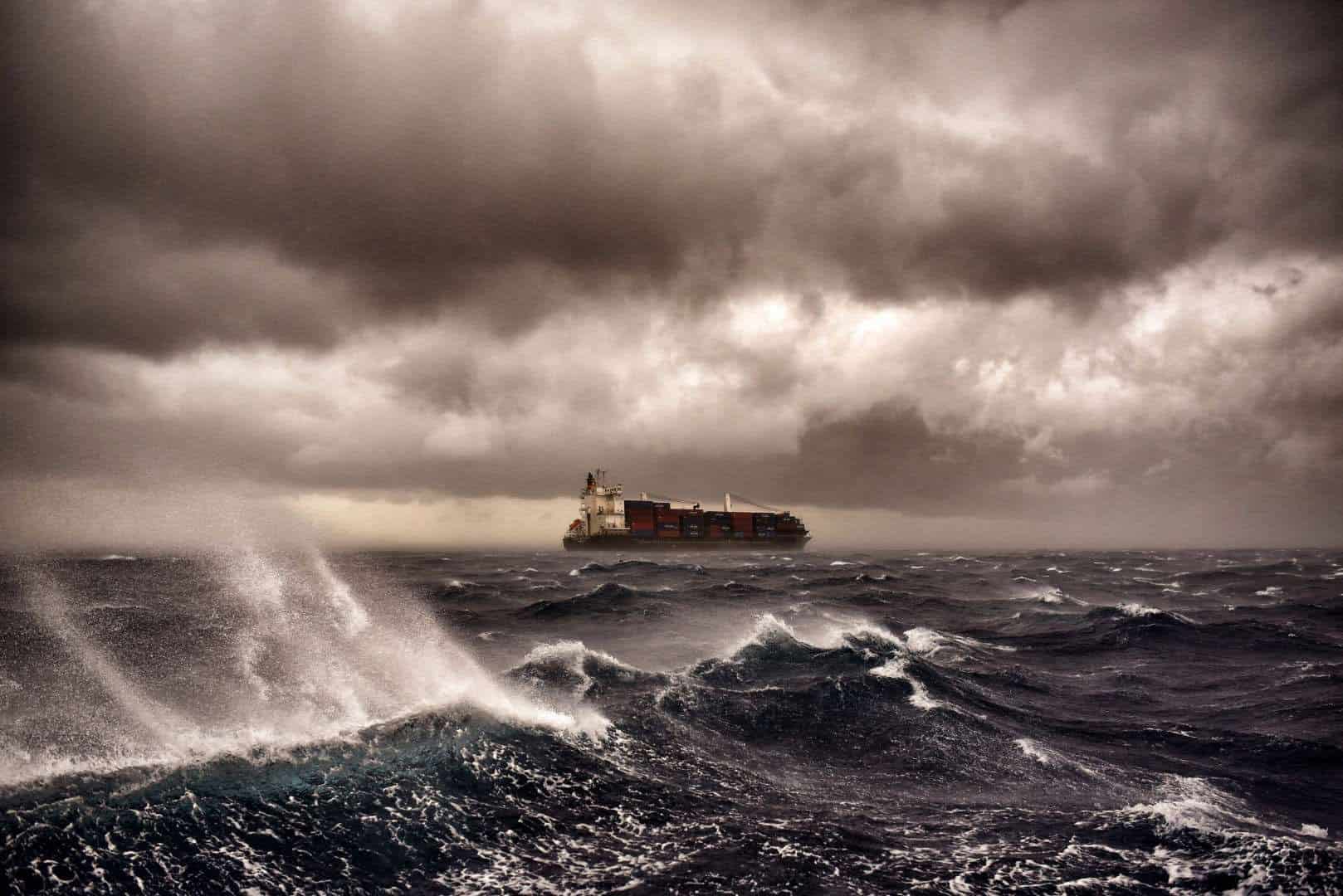
20 Feb Ship Safety Management – How Ships Survive a Hurricane at Sea
Modern man has come a long way when it comes to traveling by ships. Back then, it took a relatively long time for a vessel to embark when it’s off discovering new lands and even when sailing on a familiar route. Now that technology has been brought into society, mankind is now able to reduce the risks we potentially face at sea unlike our ancestors.
One of the risks when traveling out to sea is facing a natural disaster like a hurricane. With so many destructions it can create on land, many expect ships to be simply turned over since ships are vulnerable. Fortunately that isn’t always the case. A competent and experienced Filipino crew can easily manage the ship to safety.
Safety Guidelines from Experts
Modern ships are created with much more sophisticated materials and were designed to withstand even the harshest conditions. While hurricanes should not be underestimated, every vessel that goes out to sea will always face danger. In reality, storms and uncontrollable weather are an inevitable part of working at sea. While we cannot get rid of these risks entirely, we can at least minimize some of its harsh impacts by following certain safety management tips.
Here are a few safety guidelines from experts before, during, and after a hurricane:
Getting an updated weather report
To avoid getting in the way of storms and hurricanes, mariners need constant information about the weather. Centuries ago, weather updates were limited to simple Morse code messages but has since developed into printers or fax machines in the 80’s.
Today, several cargo ships are required to have a radio receiver to pick up medium-frequency radio signals during travel. Certain ships are also capable of receiving weather maps, satellite images, and other relevant information via email so long as there is stable satellite connection.
Ballast
Empty ships are more at risk than ships with cargo which is why ballast plays an important role. Ballast is a material that is used to provide stability and may be placed in compartment called a ballast tank. Water should move in and out of this tank while the ballast is kept at below water level during movement. This is to counteract the effects of weight above water level. However, it is not uncommon for experts to redistribute the ballast in the vessel to change the effects of the vessel’s movement.
Find a hurricane hole
Given the choice, ship captains are most likely going to land in an ideal spot and not just the nearest port. That is because not all ports provide the same amount of shelter for certain vessels. Experts suggest that when locating a port, they find a “hurricane hole” which is a port with very good holding and with high cliffs or mountains around the harbor to protect you from strong winds. Since some ports are very dangerous, many vessels often risk riding out the hurricane instead of landing at the nearest port since it can incur more damages as the event goes on
Ship Safety Management: What happens if you must face a hurricane at sea?
There are instances where ships are forced to face a hurricane at sea whether they like it or not. Should it happen, experts recommend captains either steer it towards the area of the ocean with the shallowest waves and slowest winds which is also known as the “low side”. This spot is ideal as it provides the vessel a way to adjust its coordinates without being hit too hard by the hurricane.
Another thing to note is the factors sea room and the steering-way. The “sea room” means that the ship is at a safe distance from anything it might crash into while “steering-away” means the ship is moving forward with enough power to steer rather than just be controlled by the winds and ocean waves. In the event that the captain must steer-away, the ship must keep its front-end pointing into the waves to plow safety through since a wave hitting the side may cause the vessel to roll.
While there are other safety protocol and guidelines during an event, there is no doubt that today’s modern innovations have made it easier for a crew to reduce their risks. While facing a storm is inevitable at sea, shipping companies must also take into consideration the people going onboard plus the risks of losing cargo and even their own reputation. Regardless of whatever reason a ship has to face a hurricane, safety always comes first.

